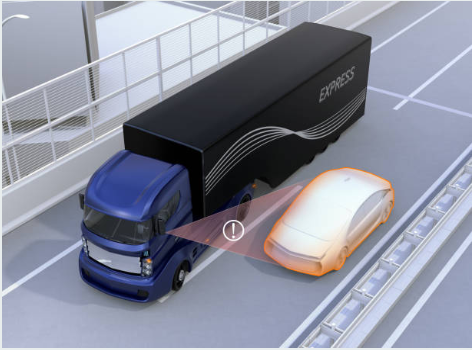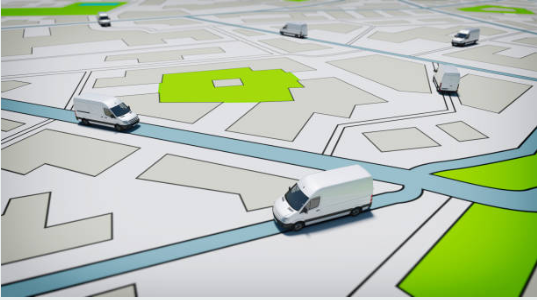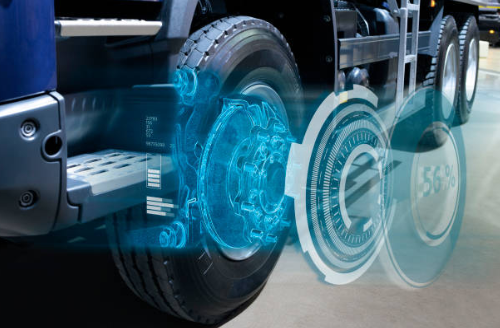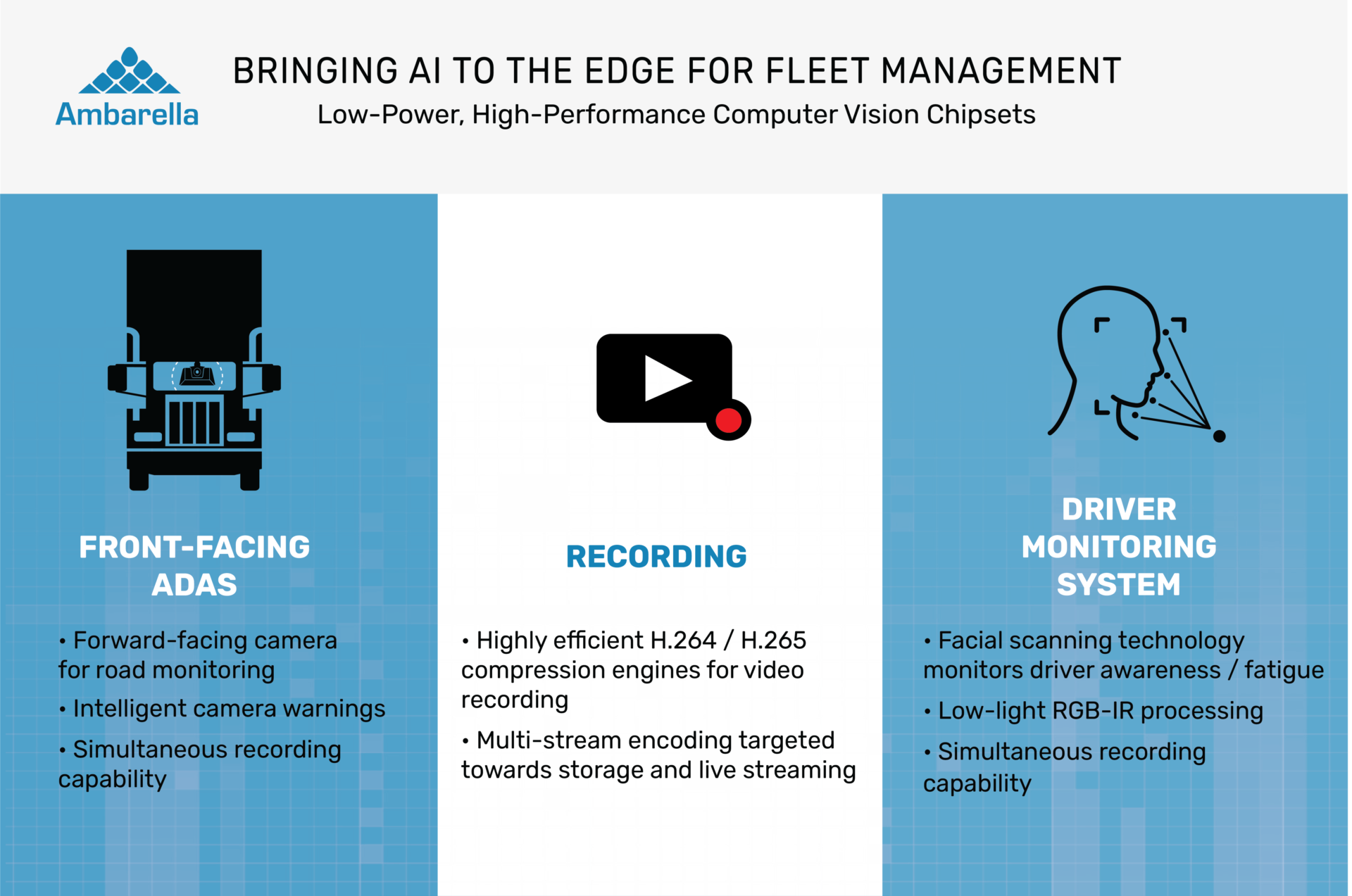
Artificial intelligence is revolutionizing commercial fleet, but operators remain as important as ever.
As many around the world continue to shelter in place, the importance of professional drivers has become clearer than ever.
Ensuring safe and efficient transport for essential workers, making critical product deliveries—these are vitally important tasks. To support vehicle operators, we need to equip them with the tools to do their jobs effectively. Artificial intelligence has quickly emerged as a vital resource that can help.

Until recently, AI was exclusively cloud-based: data was sent to distant servers for later analysis and then used to score a driver’s performance, for example, or to help make the supply chain more efficient. This was a relatively slow and manual process, requiring both time for processing as well as human intervention for verification.

Recently, however, there has been a fundamental change in the way artificial intelligence is deployed in commercial fleet applications.
Rather than relying on the cloud, AI processing is occurring locally, on-device, in real time, allowing nearly instantaneous analysis and feedback—all of this is thanks to the advent of high-performance, low-power artificial intelligence chips.
So how does AI at the edge improve fleet management?
When artificial intelligence is deployed at the edge (instead of on the cloud), new possibilities for fleet management emerge.
- Intelligent driver monitoring
- Detecting distracted or drowsy driving behaviors before accidents occur
- ADAS warnings
- Providing real-time advice to drivers regarding the best course of action

- Improved mapping
- Real-time data on road conditions
- Route optimization

- Cargo monitoring
- Fleet health monitoring
- Predictive vehicle maintenance alerts

- Lower operating costs (e.g., video upload bandwidth, cloud-related costs)
- One device can run analytics on multiple applications simultaneously, with no latency
Deploying AI at the edge has the potential to improve fleet management dramatically. As more and more AI analysis moves away from the cloud and occurs directly onboard devices, we expect to see a reduction in accidents, driver turnover, and operating costs.
What is Ambarella doing in smart fleet management?
We are currently focusing on two major areas:
- Developing low-power, high-performance AI chips designed specifically for edge processing.
- For example: CV2, CV22, CV25
- Reference designs: We offer sample reference designs for fleet applications.
- SDK: We provide a RTOS/Linux-based SDK to streamline the development of DVR and ADAS applications for fleet.
- Growing our partner ecosystem.
- Fleet solution providers: We’ve partnered with a number of front ADAS and DMS solution providers located in China, Japan, Korea, Europe, and the U.S. Their existing solutions have already been ported onto our platform, vastly simplifying customer engagements and deployments.
- ODMs: We are currently working with a number of ODMs who are developing fleet solutions using Ambarella chipsets.

Click here for more information on our computer vision chips.
For additional information on our fleet applications, please contact us.
